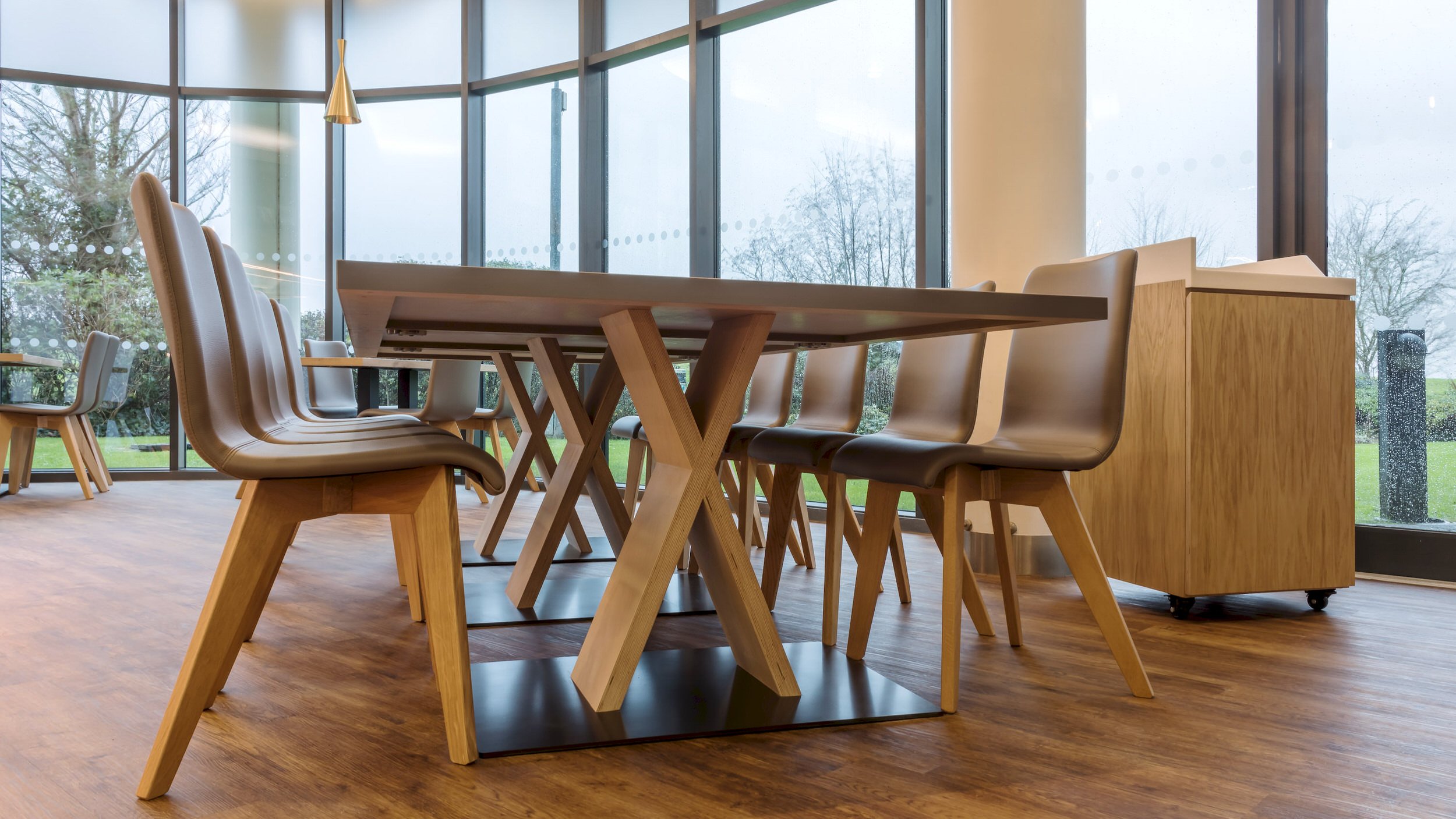Restaurant Design: Key Ingredients For Memorable Dining
With the hospitality market bulging at the seams, business operators face a tough challenge finding a point of difference.
Is Peranakan cuisine the next big thing? Is farm-to-table here to stay? Will the popularity of tapas ever subside? Predicting what diners are going to crave next is not an exact science. What restaurant owners can bank on however, is that diners will always be hungry for a memorable experience. And they’ll always want to feel comfortable.
And this is where the design of a food service venue steps up to the plate. The impression a restaurant design has on diners may be largely subconscious but it will be an enduring one. Getting the venue design right, creating that ambience, is a key ingredient in any successful restaurant business. It’s that ambience that gets guests through the door, helps serve up a great experience and has them coming back for more!
First up, operators need to be crystal clear about the business concept, what their message is, how that message is going to be conveyed and how the design and look of their restaurant should be pitched. A detailed brief and budget is crucial from the outset. Because every decision that’s taken, every choice that’s made will be driven either by brief or the budget - ideally both.
People have different ideas about what ‘good design’ is, but the old method of form follows function still applies. It can look good, but if it doesn’t work, it’s useless. That comes down to planning and making sure that you get the fundamentals right:
Give diners a reason to stop, engage their curiosity and whet their appetite so they want to come in;
Arrange the space so it works effectively for the chef, waiters and waitresses as well as the diners, otherwise service will suffer;
Avoid cramming as many tables and chairs into the restaurant as is physically possible - this sacrifices both form and function.
Shield diners from anything unsightly - and don’t seat them near the toilets!
Consider the acoustics before you select materials and finishes - if diners can’t hear themselves think they’ll want to eat and leave when they may have ordered dessert;
Don’t skimp on lighting. So often overlooked, lighting transforms a restaurant design. It can completely change the mood and emotion evoked.


